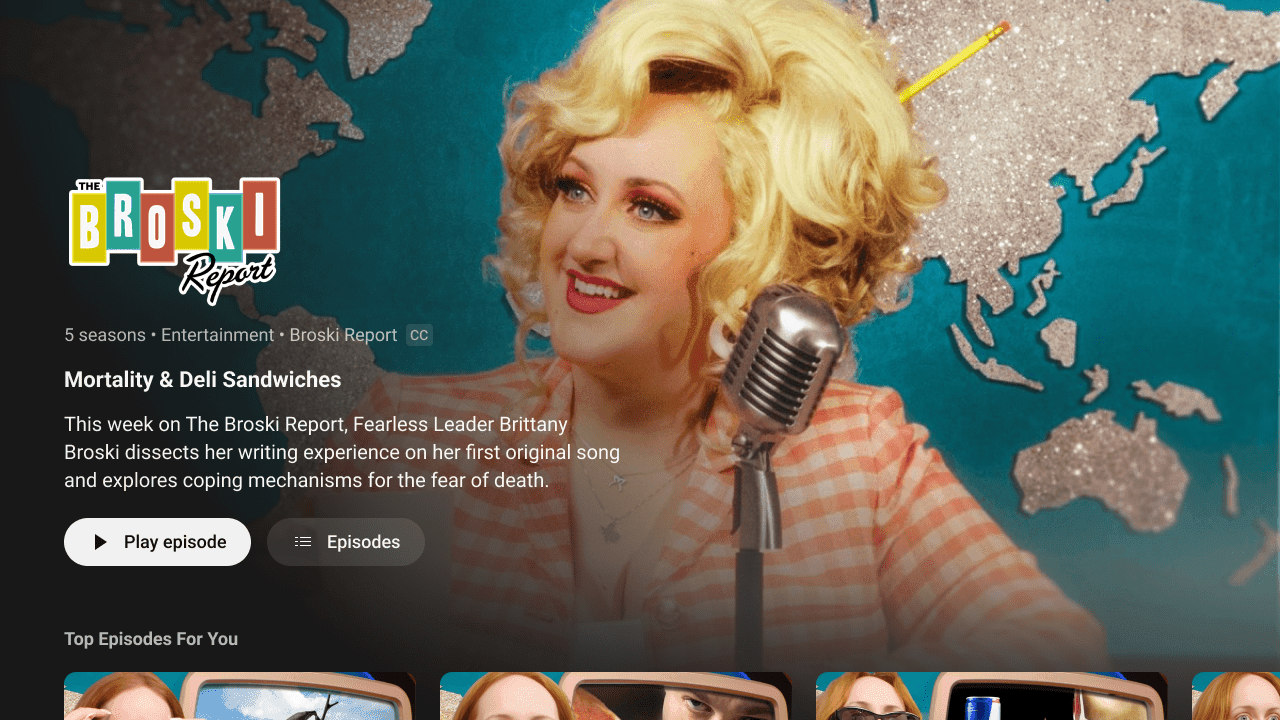YouTube is rolling out its biggest TV app redesign in years, introducing Netflix-style banner images, episodic content organization, and 4K thumbnails. The changes signal Google's serious push to dominate living room viewing as YouTube now accounts for 12.6% of all U.S. TV consumption - matching Netflix's reach.
YouTube just dropped the most significant TV app redesign in its history, and frankly, you might mistake it for Netflix at first glance. The platform is ditching its chaotic thumbnail grid for sleek banner images that tease your favorite channels' latest episodes, complete with the kind of polished presentation that screams premium streaming service.
But here's the kicker - this isn't just about prettier visuals. "When viewers watch [this] content, they'll go episode to episode based on how it's organized," YouTube senior director of product management Kurt Wilms told The Verge. "When they turn on the TV a day later, they can continue right where they left off in the show." That's right - YouTube creators now get the same episodic treatment as HBO's White Lotus.
The timing couldn't be more strategic. YouTube has quietly become the dominant force in American living rooms, with viewers consuming over a billion hours daily on TV screens. The platform now commands 12.6% of all U.S. television viewing according to Nielsen data - roughly equivalent to Netflix, Disney+, Hulu, and ESPN+ combined. Let that sink in.
The Shows format isn't entirely new - it was first announced over a year ago and originally developed for YouTube's Primetime Channels feature. But expanding it to all creators represents a fundamental shift in how Google views content hierarchy. "For us, it's no different if you're a White Lotus or you're Michelle Khare with Challenge Accepted," Wilms explained. "The content is the same. The way you can consume it is the same."
This democratization extends to podcasts, which are experiencing explosive growth on the platform. With over 400 million hours of podcasts watched monthly in living rooms alone, YouTube is positioning itself as the heir to late-night television. "We talk about podcasts as the new late-night talk show," Wilms noted, just as traditional broadcasters are .











